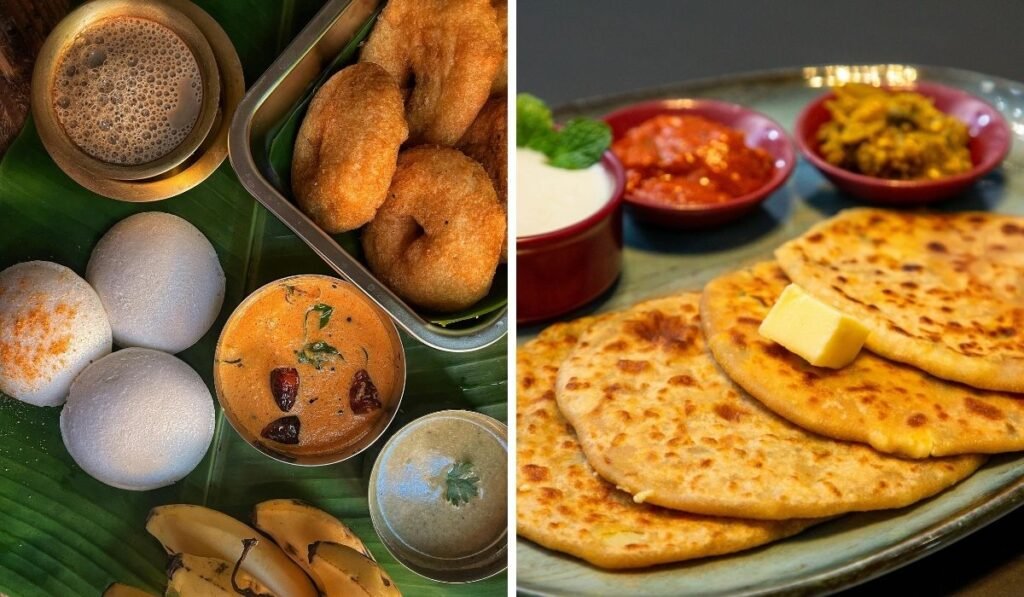I get it. You’ve probably been told a hundred times that diabetes is “just something you manage, never cure.” I used to think the same. But then I started noticing people around me—family, friends, neighbors—actually lowering their blood sugar naturally, just by eating differently. And no, this isn’t some magic trick or miracle pill. It’s real, simple foods that we usually overlook.
If you stick with me for the next few minutes, I’ll show you seven everyday foods that can help your blood sugar go back to normal, along with practical ways to include them in your daily life.
1. Pumpkin – Sweet, Simple, and Surprisingly Powerful
Pumpkin is usually thought of as a dessert vegetable, but it’s actually packed with compounds that help your body handle sugar better. One of these, called trigonelline, helps improve insulin sensitivity.
Here’s how I like to use it:
- Make a simple pumpkin curry with fenugreek seeds. Fenugreek is amazing for sugar control.
- Don’t throw away the seeds—they’re crunchy, full of fiber, and can slow sugar spikes.
- Skip sugar. Seriously, the pumpkin is naturally sweet enough.
2. Bitter Gourd – The Veggie Everyone Loves to Hate
Yes, karela tastes bitter. But that bitterness is what makes it good for your pancreas. Ayurveda has been saying this for centuries, and modern studies back it up.
Tips to actually make it edible:
- Mix karela juice with bottle gourd or cucumber to tone down bitterness.
- A little black salt, lemon, or ginger works wonders.
- Drink it half an hour before breakfast or 1–2 hours after lunch.
💡 Personal tip: Start with a small glass. Your taste buds will adjust, and your body will thank you.
3. Nuts and Seeds – Swap Chips for These
We all reach for snacks that spike sugar—chips, cookies, fried stuff. Stop. Grab:
- Almonds, cashews, or walnuts
- Roasted pumpkin seeds, flax, chia, or sesame seeds
- Lotus seeds (makhana) roasted with a pinch of salt
These are full of fiber, protein, and healthy fats, which slow sugar absorption and keep you full.
💡 Life hack: Keep a small jar at your desk or in your bag. No more impulsive Zomato orders or vending machine temptations.
4. Okra – The Unsung Hero
Bhindi isn’t just tasty; it has compounds that help control glucose naturally.
- Cook with mustard oil and fennel seeds for a traditional flavor.
- Eat 2–3 times a week—it doesn’t have to be daily.
💡 Quick city hack: Bhindi cooks fast—perfect for busy evenings when you don’t want to spend hours in the kitchen.
5. Millets – The Ancient Grains That Modern Science Loves
Rice and wheat spike sugar. Millets—like ragi, jowar, foxtail, and kodo millet—don’t. They’re high in fiber and digest slowly.
- Soak for 6 hours before cooking; they cook in 20 minutes.
- Replace one wheat meal with millet roti or khichdi.
💡 Story from real life: My neighbor swapped breakfast for ragi porridge and lunch rice for jowar roti. After a month, his post-lunch sugar dropped noticeably.
6. Oats – Not Just a Weight Loss Food
Oats are great because of soluble fiber—slows sugar absorption, keeps you full.
- Make porridge with veggies for breakfast.
- Skip sugar—use naturally sweet fruits if needed.
💡 Urban hack: Make a batch on weekends and reheat during the week. Breakfast solved, sugar controlled.
7. Salad – Your Simple Daily Shield
Eating a salad before meals slows sugar spikes. Fiber fills you up and slows digestion.
- Try cucumber, cabbage, lettuce, raw onion.
- Dress with lemon, black pepper, and a pinch of salt.
💡 Make it a habit. Even a small 100-gram salad before lunch and dinner works wonders.
Bonus: Ashwagandha – The Ancient Booster
Ashwagandha is not just hype. Studies show it can lower blood sugar and support insulin production.
- Take 2 capsules at night with warm milk.
- Stick to quality brands; consistency matters.
Simple One-Month Plan (Urban-Friendly)
| Time | Food | Notes |
|---|---|---|
| Pre-Breakfast | Bitter gourd juice | 1 glass |
| Breakfast | Oats porridge with vegetables | Steel-cut oats |
| Mid-Morning Snack | Fruits + Nuts | Apple + 10 almonds |
| Lunch | Millet roti + Dal + Bhindi/Pumpkin | Salad first |
| Evening Snack | Roasted seeds / makhana | Avoid fried snacks |
| Dinner | Millet khichdi + Veggies | Eat 2 hours before bed |
| Night | Ashwagandha capsule | Optional |
💡 Small changes consistently make a huge difference in 2–3 months.
FAQs – Natural Ways to Control Diabetes
Q1. Can these foods really help lower blood sugar naturally?
Yes! Studies and traditional Ayurveda both support these foods—pumpkin, bitter gourd, millets, oats, nuts, seeds, and salads. While results take a few weeks to show, consistent daily intake can improve insulin sensitivity and stabilize sugar levels.
Q2. How often should I eat bitter gourd or karela juice?
Start with a small glass (around 50–100 ml) 30 minutes before breakfast or 1–2 hours after lunch, 2–3 times a week. You can gradually increase intake as your taste buds adjust.
Q3. Are millets better than rice and wheat for diabetes?
Absolutely. Millets like ragi, jowar, foxtail, and kodo digest slowly and are high in fiber, which reduces sugar spikes. Even swapping one meal per day with millet can make a noticeable difference over a month.
Q4. Can I snack on nuts and seeds every day?
Yes! Nuts and seeds are rich in protein, fiber, and healthy fats that slow sugar absorption. Keep portions moderate—around 10–15 pieces per serving, or a small handful of seeds.
Q5. Is Ashwagandha really effective for blood sugar?
Yes, studies show Ashwagandha may help improve insulin production and lower blood sugar. Take it consistently (usually 2 capsules at night with warm milk), and always choose high-quality brands.
Q6. How quickly will I see results?
Results vary by individual, but small, consistent daily changes—like swapping rice for millet, drinking karela juice, and snacking on nuts—can show improvements in 2–3 months. Tracking your sugar levels helps measure progress.
Takeaways
- Diabetes can be controlled naturally with the right foods.
- Pumpkin, karela, bhindi, and millets are your allies.
- Nuts, seeds, oats, and salads help stabilize sugar.
- Ashwagandha gives an extra boost.
- Consistency beats intensity—small, daily habits win.
Start small. Replace one meal with millet. Sip karela juice. Snack on seeds. Track your sugar and feel the difference.
Nikita Palesha is a wellness advocate and eco-conscious writer who shares simple, sustainable tips for everyday living. She’s passionate about mindful choices that support a healthier planet and a balanced lifestyle.




